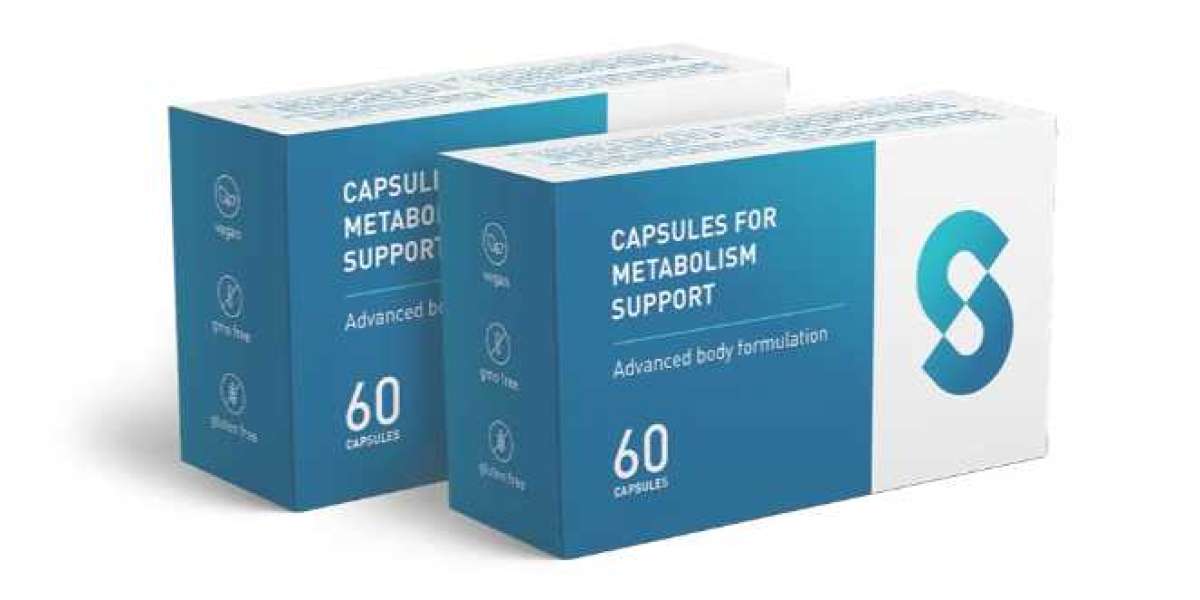Introduction
Small chest freezers have become an essential appliance in modern households, offering extra storage for frozen goods, convenience, and energy efficiency. This guide delves into everything you need to know about small chest freezers, from technical specifications and applications to maintenance tips and purchasing advice.
Technical Specifications
Dimensions and Capacity
Small chest freezers typically range from 3 to 9 cubic feet in capacity, making them suitable for various storage needs. They are designed to fit into compact spaces, with dimensions usually not exceeding 30 inches in width and 34 inches in height.
Energy Efficiency
Most small chest freezers are energy-efficient, consuming less power than their upright counterparts. Look for models with Energy Star ratings to ensure optimal energy savings and lower utility bills.
Temperature Control
Small chest freezers come with adjustable thermostats, allowing you to set and maintain the desired temperature. Some advanced models feature digital temperature controls for more precise adjustments.
Defrosting Mechanisms
There are two main types of defrosting mechanisms in small chest freezers:
- Manual Defrost: Requires periodic defrosting to remove ice buildup.
- Automatic Defrost: Comes with a built-in system that automatically prevents ice accumulation.
Applications
Household Use
Small chest freezers are ideal for households needing extra storage for bulk purchases, meal preps, and seasonal items.
Commercial Use
In commercial settings, such as small cafes or convenience stores, small chest freezers are used for storing ice cream, frozen meals, and other perishables.
Medical and Laboratory Use
These freezers are also essential in medical and laboratory environments for storing sensitive materials like vaccines, lab samples, and medications.
Benefits
Space-Saving Design
The compact size of small chest freezers makes them perfect for apartments, dorms, and other areas with limited space.
Cost-Effective
They are generally more affordable than larger freezers and consume less energy, leading to long-term cost savings.
Versatility
Small chest freezers offer versatile storage solutions for various items, from food to medical supplies.
Longevity of Food
By maintaining consistent low temperatures, these freezers help preserve the quality and longevity of frozen goods.
Challenges and Limitations
Limited Capacity
The small size means less storage capacity compared to larger freezers, which can be a limitation for bigger households or businesses with high storage needs.
Manual Defrosting
Manual defrost models require regular maintenance to prevent ice buildup, which can be time-consuming.
Access and Organization
Items at the bottom can be harder to access, making organization challenging without baskets or dividers.
Latest Innovations
Smart Features
Modern small chest freezers come with smart features like Wi-Fi connectivity, allowing users to monitor and control the freezer remotely via smartphone apps.
Improved Insulation
Advancements in insulation materials have enhanced energy efficiency and reduced frost buildup.
Eco-Friendly Refrigerants
New models are using eco-friendly refrigerants that have a lower environmental impact compared to traditional refrigerants.
Future Prospects
Integration with Smart Home Systems
Future small chest freezers will likely integrate more seamlessly with smart home ecosystems, offering advanced features like voice control and automated inventory management.
Enhanced Energy Efficiency
Ongoing research and development aim to make small chest freezers even more energy-efficient, reducing their environmental footprint further.
Customizable Interiors
There is a growing trend towards customizable interiors, allowing users to adjust shelves and compartments to suit their specific storage needs.
Comparative Analysis
Small Chest Freezers vs. Upright Freezers
- Storage Capacity: Upright freezers often have more storage space but can be less energy-efficient.
- Ease of Access: Upright freezers provide easier access to items at eye level, while chest freezers may require bending down to reach items at the bottom.
- Energy Efficiency: Small chest freezers generally use less energy compared to upright freezers.
Small Chest Freezers vs. Portable Freezers
- Portability: Portable freezers are designed for mobility, often used for camping or travel, whereas small chest freezers are stationary.
- Capacity and Power: Small chest freezers typically offer more capacity and better insulation but lack the portability of travel freezers.
User Guides and Tutorials
How to Choose the Right Small Chest Freezer
- Determine Your Needs: Assess how much storage space you need and where you plan to place the freezer.
- Energy Efficiency: Look for models with Energy Star ratings.
- Defrost Options: Decide between manual and automatic defrost based on your maintenance preference.
- Additional Features: Consider features like temperature alarms, interior lighting, and smart connectivity.
Installation Tips
- Location: Place the freezer in a cool, dry area with adequate ventilation.
- Leveling: Ensure the freezer is level to function correctly.
- Initial Setup: Allow the freezer to stand upright for a few hours before plugging it in to ensure the refrigerant settles.
Maintenance Tips
- Regular Cleaning: Clean the interior and exterior regularly to maintain hygiene and performance.
- Defrosting: Manually defrost the freezer as needed to prevent ice buildup.
- Temperature Checks: Periodically check the thermostat to ensure it's maintaining the correct temperature.
Conclusion
Small chest freezers are versatile, energy-efficient appliances that offer additional storage solutions for households, businesses, and medical facilities. With advancements in technology, they continue to evolve, providing more features and better efficiency. Whether you're looking to store extra groceries, preserve seasonal produce, or keep medical supplies at optimal temperatures, a small chest freezer is a valuable addition to any space.











